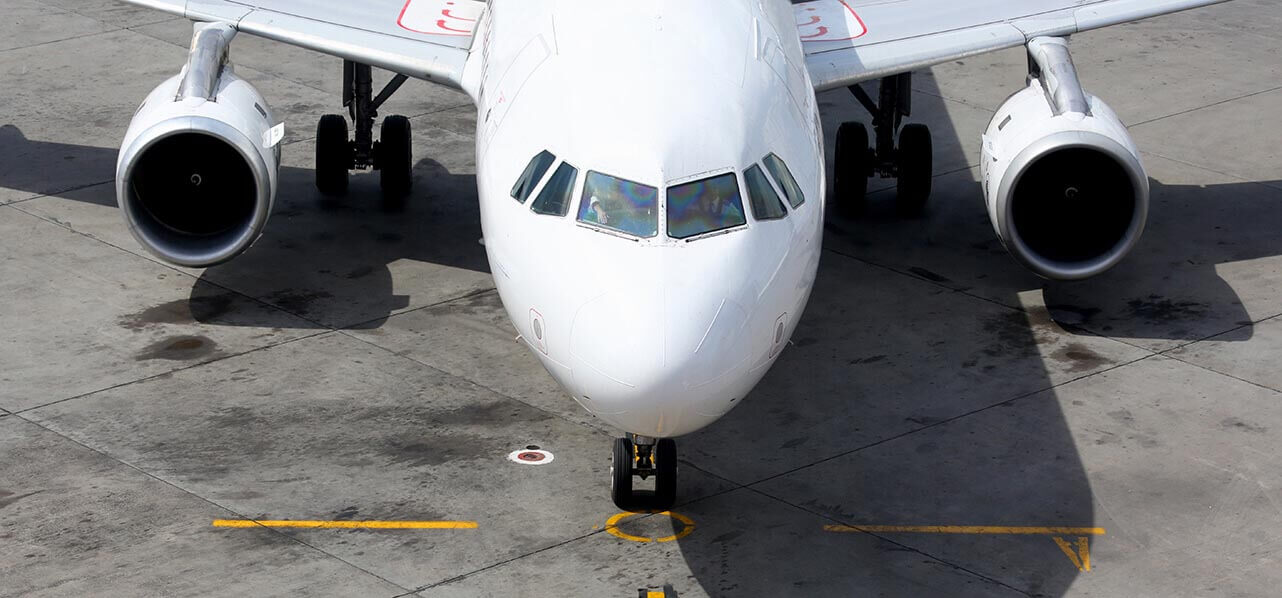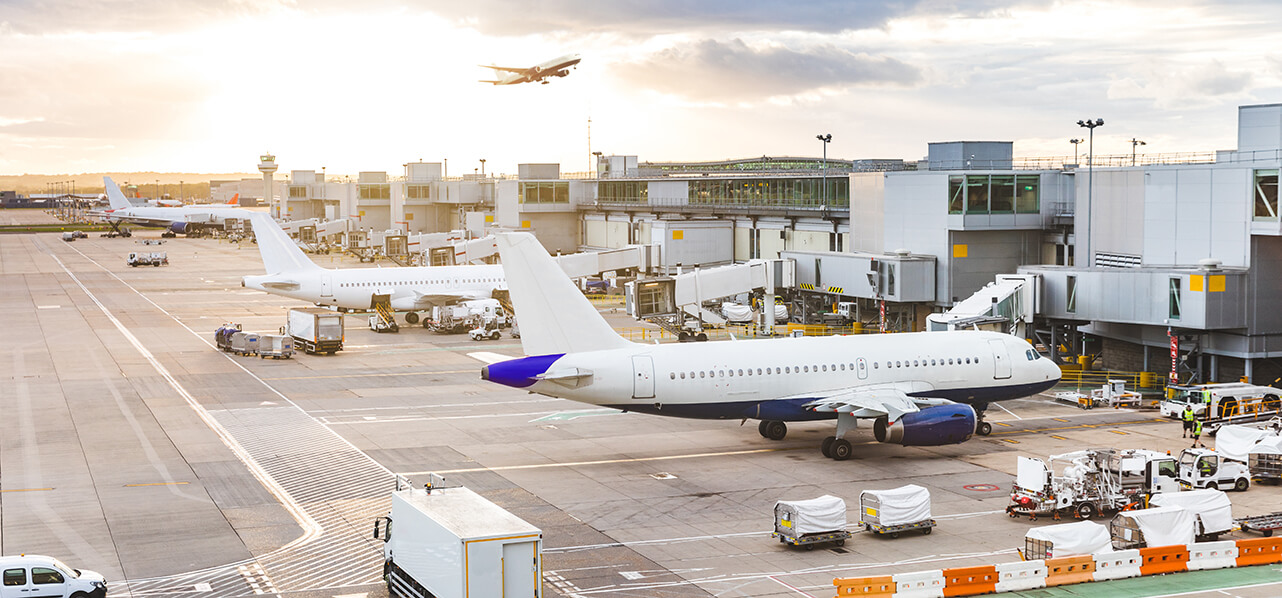Partner London
"There is no reason to think that if Thomas Cook had gone into administration it would have kept flying and that the reason it is not flying is because it went into liquidation."
However, a recent UK comparison can be made with Monarch Airlines, which did go into administration, but ceased flying immediately. Therefore, although there is historic precedent for an airline to keep flying while in administration (Paramount Airways), the current practice is that it does not happen.
There are various reasons for this, including that administrators will not take the personal risk of operating an airline (i.e. having planes in the air). There are also regulatory/licensing issues, concerns around creditors taking action to enforce their claims against the airline and, in the longer term, issues with lessors and financiers seeking to repossess planes (although this latter issue is partly addressed by the incorporation of the Cape Town Convention into UK law).
So, there is no reason to think that if Thomas Cook had gone into administration it would have kept flying and that the reason it is not flying is because it went into liquidation.
There is another point to make about the liquidation of Thomas Cook, which is that this is not a traditional liquidation. Like Carillion and British Steel, what has happened is that a public official, the Official Receiver (OR), has been appointed as liquidator with a private sector insolvency practitioner (IP) appointed as special manager to assist the OR. Whilst this detail may seem arcane and technical, it points to some specific reason for liquidation being chosen over administration. At present, it is not entirely clear what that reason is. Arguably, we need more transparency around the OR-as-liquidator/private-IP-as-special-manager model and why it is being employed (particularly as a trend appears to be emerging). This transparency needs to come from the government and the Insolvency Service (of which the OR is part).
To go back to Monarch and keeping an insolvent airline flying, after it failed in October 2017, the government commissioned an Airline Insolvency Review to look at various issues including how to keep an airline flying immediately following an insolvency so as to aid repatriation of passengers. The review reported in May of this year. Proposals include a flight protection scheme and a special administration regime for airlines, but clearly proposals such as these take time to implement and so unfortunately a new regime was not in place for Thomas Cook.

International experience suggests that there are – potentially – ways for an airline to keep flying through an insolvency process where the right insolvency framework is in place and there is sufficient funding to cover the costs of operating the airline.
It is possible to compare some other airline insolvencies around Europe in which the airline kept flying through an insolvency process, albeit in certain examples (Air Berlin, Alitalia) with significant financial support from government (with the EU Commission approving this state aid). Moreover, in the United States, airlines regularly operate under Chapter 11 of the US Bankruptcy code, although some critics suggest that this has been too frequent and widespread an occurrence. Consequently, international experience suggests that there are – potentially – ways for an airline to keep flying through an insolvency process where the right insolvency framework is in place and there is sufficient funding to cover the costs of operating the airline.
Therefore, the question of whether Thomas Cook could have traded through insolvency, leading to a better solution for all stakeholders, is one that needs to be asked in the context of whether the UK insolvency regime needs reform. These questions have already been addressed to some extent in the Airline Insolvency Review but it may be that experience in the airline industry is highlighting issues of wider significance.
In particular, we need to ask whether the administration regime is fit for purpose, particularly as it was conceived as a rescue mechanism and as an alternative to liquidation. Yet, in practice, far too few administrations save the company or its business outside of a pre-pack process and often administration is used as a quasi-liquidation, taking advantage of its flexibility compared to liquidation but not delivering (or being able to deliver) the hoped-for benefits of a rescue process.
The US experience shows the benefit of a debtor in possession (DIP) process, bolstered by the availability of DIP financing. This last feature of the US model may well have been crucial for a successful rescue of Thomas Cook. Instead, using the tools available in the UK, Thomas Cook was pursuing a restructuring, including the provision of new financing, outside of an insolvency proceeding through a UK scheme of arrangement (in the end, this restructuring failed and no new money was provided). Although restructuring a company’s debt, particularly its financial debt, through a scheme of arrangement is a well-worn path, this process has several downsides where the company is on the cusp of insolvency and running out of cash, as opposed to being over-levered and only in need of financial restructuring. A Chapter 11-style process might have been more effective and avoided the company’s collapse, in part by allowing new funding to be made available.
Therefore, there are questions as to whether, and how, UK insolvency law should be developed and reformed. However, whilst proposals for reform were made by the government in August 2018, they do not include anything on DIP financing (despite prior consultations on the issue) and do not go as far as giving the UK a true Chapter 11-style restructuring process with a stay and other features designed to keep the company going while it is restructured. Such reforms have been long debated in the UK and are not without controversy; certainly, moving closer to a US-style framework would involve a major reorientation of UK insolvency law. Nevertheless, it may be that Thomas Cook and other recent high profile corporate insolvencies will give further impetus to additional reforms in this area.




